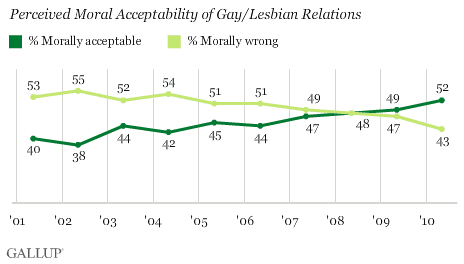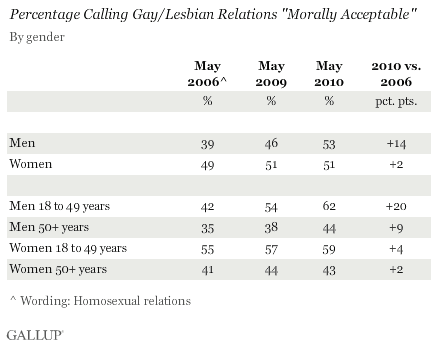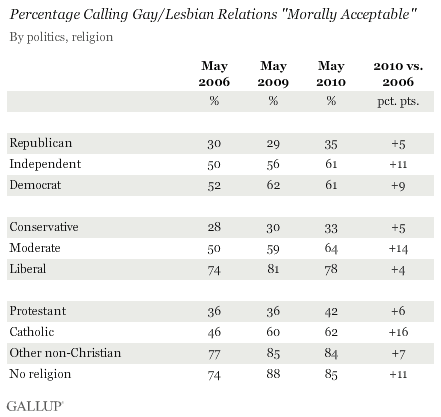Safa S.-Y., of Naked Lady in a White (Silk) Dress, and K. sent us a link to a story about the recent collaboration between MAC cosmetics and the Rodarte clothing line to create a collection of makeup and clothing the sisters who own and design for Rodarte said was inspired by the city of Juárez and female maquiladora workers:
…the sisters explained that a long drive from El Paso to Marfa, Texas, got them thinking they might like to explore their Mexican roots. From there, they became interested in the troubled border town of Ciudad Juárez; the hazy, dreamlike quality of the landscape there; and the maquiladora workers going to the factory in the middle of the night. And that, according to the designers, who certainly know how to romance a pitch, led to this conclusion: They’d build a collection off the idea of sleepwalking. [source]
The cosmetics received names such as Factory, Ghost Town, Juárez, and del Norte. The eyeshadows are meant to give wearers an ashen, tired appearance. After many in the fashion blogsphere criticized the line, both MAC and Rodarte issued apologies, said they will change the names of some of the products, and promised to donate a portion of proceeds to charities working in Juárez.
Just for some context, MAC is a mid-range cosmetics company; a single color of eyeshadow runs about $14.50, lipsticks are generally $13-15 but some are $18-19. This is less than high-end lines like Chanel and Estée Lauder, but more than drugstore brands such as Cover Girl. Rodarte, on the other hand, is a luxury fashion line, selling t-shirts for $120+, sweaters for nearly $3,000, and dresses for $4,000 or more. They do have a much cheaper Rodarte for Target line, however.
Safa argues that it is problematic that these companies, both completely beyond the financial resources of maquiladora workers (and most people in the U.S., for that matter, particularly Rodarte), to use pale White women made even paler with cosmetics to represent low-wage workers in Mexico, none of whom they met or spoke to. Most of the online critics point out that Juárez is quite dangerous, and hundreds of women, many workers at maquiladoras on their way to or from work, have been raped and killed (NPR had a story about the murders in 2003). These numbers don’t include women who simply disappeared, since authorities don’t have proof they were murdered without a body, though most officials and activists believe that at least some of those women were also killed. The vast majority of the crimes are unsolved.
Safa says,
These women [the Rodarte designers], who had never been to Juarez, but nearby Texas towns, entitled themselves and their clothing line to represent the stories of women they never met.
Female factory workers in Juárez thus become exoticized Others for U.S. companies to represent and claim to speak for — that is, they are supposedly concerned about the problems faced by Mexican women workers (or anyway, they said so after all the criticism) and by creating a line in which White women are made up to look like zombies, or as though perhaps they got punched in the eye, they are actually helping women in Juárez by bringing attention to them…in some undefined way that most women who buy their products are unlikely, I think, to pick up and which probably isn’t going to lead to much concrete action to improve these women’s lives.
I think Safa sums it up nicely, so I’ll let her have the last word:
Human suffering became a look of glamour. They presented social consciousness in the form of consumerism, and with that, female oppression became another commodity that could be measured not in statistics, but in revenue sales.
Gwen Sharp is an associate professor of sociology at Nevada State College. You can follow her on Twitter at @gwensharpnv.




















